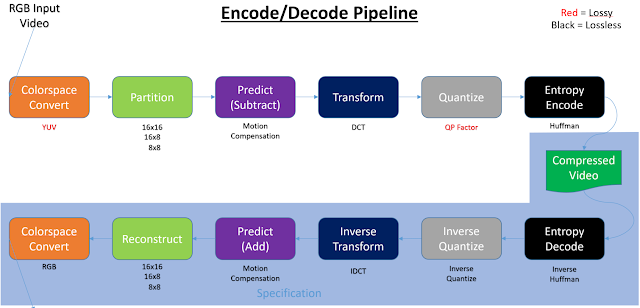Git, Cache HTTPS Password
From: https://stackoverflow.com/questions/5343068/is-there-a-way-to-skip-password-typing-when-using-https-on-github/5343146#5343146
With Git version 1.7.9 and later
Since Git 1.7.9 (released in late January 2012), there is a neat mechanism in Git to avoid having to type your password all the time for HTTP / HTTPS, called credential helpers. (Thanks to dazonic for pointing out this new feature in the comments below.)
With Git 1.7.9 or later, you can just use one of the following credential helpers:
git config --global credential.helper cache
... which tells Git to keep your password cached in memory for (by default) 15 minutes. You can set a longer timeout with:
git config --global credential.helper "cache --timeout=3600"
(That example was suggested in the GitHub help page for Linux.) You can also store your credentials permanently if so desired, see the other answers below.
GitHub's help also suggests that if you're on Mac OS X and used Homebrew to install Git, you can use the native Mac OS X keystore with:
git config --global credential.helper osxkeychain
For Windows, there is a helper called Git Credential Manager for Windows or wincred in msysgit.
git config --global credential.helper wincred # obsolete
With Git for Windows 2.7.3+ (March 2016):
git config --global credential.helper manager
For Linux, you can use
gnome-keyring(or other keyring implementation such as KWallet).With Git versions before 1.7.9
With versions of Git before 1.7.9, this more secure option is not available, and you'll need to change the URL that your
origin remote uses to include the password in this fashion:https://you:password@github.com/you/example.git
... in other words with
:password after the username and before the @.
You can set a new URL for your
origin remote with:git config remote.origin.url https://you:password@github.com/you/example.git
Make sure that you use
https, and you should be aware that if you do this, your GitHub password will be stored in plaintext in your .git directory, which is obviously undesirable.With any Git version (well, since version 0.99)
An alternative approach is to put your username and password in your
~/.netrc file, although, as with keeping the password in the remote URL, this means that your password will be stored on the disk in plain text and is thus less secure and not recommended. However, if you want to take this approach, add the following line to your ~/.netrc:machine <hostname> login <username> password <password>
... replacing
<hostname> with the server's hostname, and <username> and <password> with your username and password. Also remember to set restrictive file system permissions on that file:chmod 600 ~/.netrc
Note that on Windows, this file should be called
_netrc, and you may need to define the %HOME% environment variable - for more details see:
Comments
Post a Comment